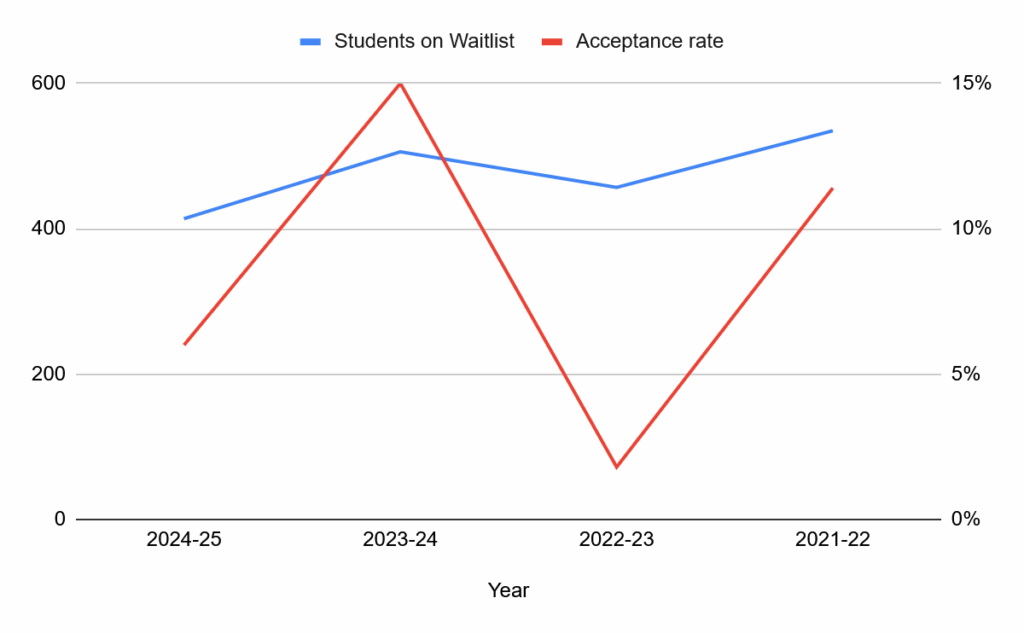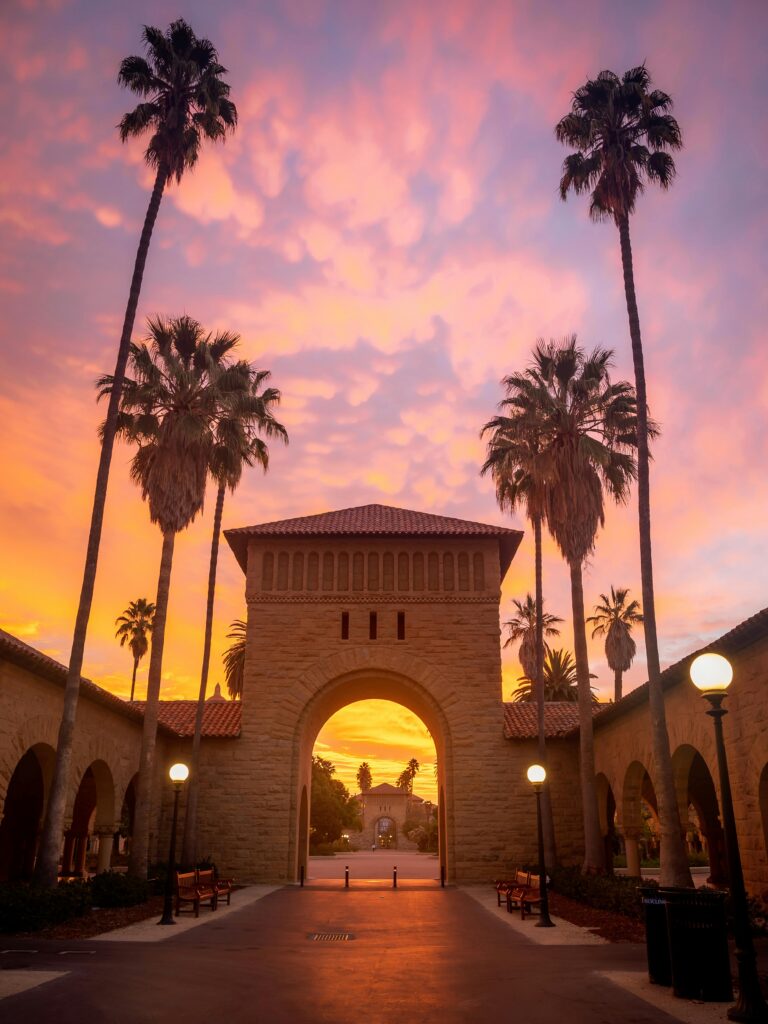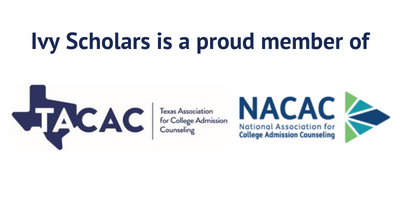Stanford is an excellent school, and understandably popular with high school students. This popularity, however, translates to an incredible level of competition for students who want to attend the school. With an acceptance rate below 5%, there are always going to be many more people rejected than accepted by the school. For some, however, there is a strange soft middle ground: the waitlist.
Getting waitlisted by Stanford is wonderful and terrible; you are at once judged to be good enough to attend, but aren’t quite over the hill of getting admitted directly. There remains a chance of getting accepted, but how high of one? And what can you do to maximize those odds? In this article, we’re going to examine the waitlist at Stanford, and how you can maximize your chances of acceptance once you’re on it. Let’s jump right in!
Understanding Stanford’s Waitlist
Stanford puts a different number of students on the waitlist each year, and admits a different number as well. To help contextualize this, here’s the waitlist data from Stanford from the past few years. This data comes from the Common Data Set, which Stanford releases each year, along with most other colleges.
| Year | Students Waitlisted | Students Accepting Place on Waitlist | Students Accepted Off the Waitlist |
| 2024-25 | 483 | 414 | 25 |
| 2023-24 | 607 | 506 | 76 |
| 2022-23 | 553 | 457 | 8 |
| 2021-22 | 652 | 535 | 61 |
We are not going to include 2020-21, as this is the Covid year, and all stats are irregular. To help visualize this data, here is a chart showcasing the number of students waitlisted and the acceptance rate for waitlisted students:

This tells us a few things, most importantly that the acceptance rate off the waitlist is completely untethered from how many students are actually put on the waitlist. It’s never going to be high, but it may be above the acceptance rate or well below it.
This is an absolute nuisance for students, as it makes predicting your overall odds of getting in off of the waitlist nearly impossible. This is because, as is so often the case, whether or not you get off the waitlist depends entirely on the decisions of other people, and whether or not students who Stanford accepted decide to attend or instead enroll in a different institution.
Maximizing Your Chances of Acceptance off of Stanford’s Waitlist
So once you’re on a waitlist, what are you supposed to do about it? We have a whole article giving advice on this, but this is general; here, we’re going to talk about Stanford specifically.
The first, and most important tithing is to accept your spot on the waitlist; this is how you indicate you are still interested in attending. Next, you should work on an update letter. The purpose of this letter is two-fold:
- Affirm to Stanford that you are still interested, and they remain your top choice school
- Fill them in on everything impressive you’ve been doing since you submitted your application
This letter should be sent depending on when you are placed on the waitlist, but usually in the February-March window. Note that if you are deferred to the regular decision round, you can still write one of these letters; this should be sent to admissions in early January.
To help understand what these letters should look like, here’s an example of a letter sent to Stanford by a former Ivy Scholars student. This letter has been edited to protect the student’s anonymity.
Example Letter
Dear Stanford Admissions Committee,
Last week was my birthday. I spent it doing what I love most: spending time with my family and friends. My birthday wish was for the continued good health and prosperity for all my loved ones, yet tucked ever so quietly behind that was one more wish: for Stanford to be part of my undergraduate journey.
Because college is the beginning of a journey I’ve been preparing for my whole life. And there’s no better place imaginable for me to start it than a university that reflects everything I strive to be: timelessly curious, perfectly interdisciplinary (especially with the BMC major), and built for positive impact.
When I first applied, I knew Stanford was the epicenter for minds who dare to reimagine the future. Months later, that belief hasn’t changed; if anything, it’s only grown stronger.
When I visited the Farm, my Stanford tour guide went above and beyond, going out of their way to show me the MedTech labs when I asked about them. I learned about the Columbae co-op, known for social justice and only having vegetarian food – a perfect spot for me. The energy on campus was electric, and the environment was collaborative and friendly. I remember asking a random bystander for help in finding my Uber – he walked with me for 10 minutes to make sure I was at the right place. Later, I found out he was Professor Fukami of the Biology department. Stanford’s people and community truly felt like home in a way that nowhere else did.
This summer, after 5 months of idea validation and pivoting, I co-founded an AI-powered cognitive health startup building the first universal dashboard for the brain. With my pre-med cofounder, along with neurologist mentorship from SF and Houston, we’re building a tool that blends passive biometrics, clinical-grade cognitive testing, and LLMs to monitor brain performance like other devices monitor heart rate, helping people understand their cognitive decline before it’s too late.
After many long nights of coding our website and training our AI pipeline, we launched our waitlist. In the first 11 days, over 1600 people signed up, and we’ve had over 700k impressions across our social media. We’ve got interest from 9 healthcare providers, 38 researchers, and multiple top VCs, even getting to the interview stage with AFORE and A16z (fingers crossed!). From productivity-hungry students to Alzheimer’s caregivers, the response made one thing clear: the world is ready for brain health to go mainstream.
But here’s what I’ve realized: our company needs more than a mere product. It needs the right people, the right mentorship, and the right environment. Stanford is exactly that environment.
Where else could I walk out of a CS221 lecture on AI reinforcement learning, head to an HAI panel on algorithmic bias in healthcare, and end the day pitching my latest prototype at Cardinal Ventures? Where else could I run into an LLM researcher at Coupa Café, brainstorm with a d.school grad over dinner, and get feedback from a top neurology professor who actually understands the stakes of cognitive decline?
I’ll bring the energy I’ve poured into this startup and my passion for blending AI and medicine to positively impact as many lives as possible to the Farm. I’ll host student workshops on AI in healthcare, team up with researchers at the Wu Tsai Institute, mentor peers, host late-night hackathons, and launch a Stanford Founders for Good HealthTech Incubator. I don’t want to simply learn from Stanford. I want to build with Stanford.
One of the top research professors I’ve hoped to work with due to our aligning med/LLM interests, Professor Langlotz, told me he’d be excited to collaborate if I joined Stanford, since he only works with Stanford students. I hope to build the future of medical LLM technologies, helping as many people as I can with Professor Langlotz.
Thank you again for keeping me on the waitlist. If given the chance, I would enthusiastically attend and commit to Stanford, no hesitation.
Letter Analysis
This is a rather long letter; yours does not need to be quite this extensive. It all depends on what you’ve done, and what you need to tell admissions officers about. This particular letter was a last ditch effort sent during the summer, and it worked; this student was likely one of the last admitted off the waitlist.
So why did it work?
The first thing this letter does, and does well, is clearly affirm the students desire to attend Stanford. Yes, they clearly state this, but they also demonstrate it practically, showing how different elements of Stanford’s campus, culture, and programs perfectly fit with what the student wants to do.
Remember, attending a university is a partnership; you are gaining an education from them, and in turn you are contributing to the culture and atmosphere on campus. They want to admit students who will actively fit into their idea of what their college should be, and by demonstrating how you will fit into and contribute to campus, and how the opportunities are directly beneficial to you, you help paint this picture in their minds.
The next key thing this letter does is discuss accomplishments the student has had that are new to admissions officers; that is, things which have occurred between when the application was submitted and the letter was written. Here, the student highlights something very impressive, a new startup, and then most importantly ties that to opportunities available on Stanford’s campus.
You should not make things up if you don’t have accomplishments, but this is a good reason to keep working through your senior year, instead of letting up. You shouldn’t detail every little thing, nor talk about grades or test scores. Having one interesting extracurricular addition though, can really bring a letter to the next level.
Final Thoughts
Getting waitlisted is never fun, especially at a school as competitive as Stanford. We hope that this article has shown you that getting waitlisted isn’t necessarily the end of your college journey however, even if it is a severe setback. You should, of course, never make plans around getting in off the waitlist, but if a school remains your first choice (and it’s easy to see why Stanford would be), then there are steps you can take.
If you are looking for help drafting an update letter, or advice on getting new accomplishments to brag about, then Ivy Scholars can help. Our mentors have a long experience helping students get into some of the country’s top colleges, and we’re always happy to hear from you. Schedule a free consultation today to learn more about how we can help you.








